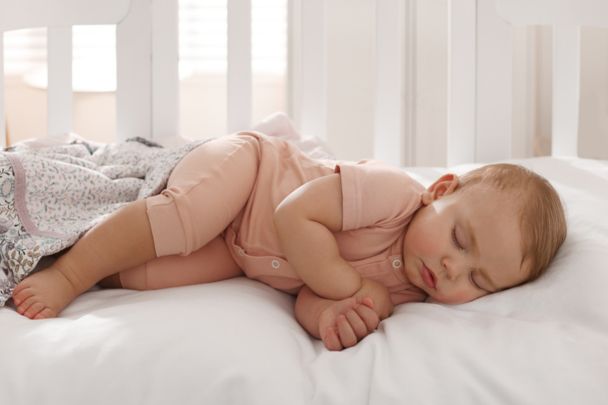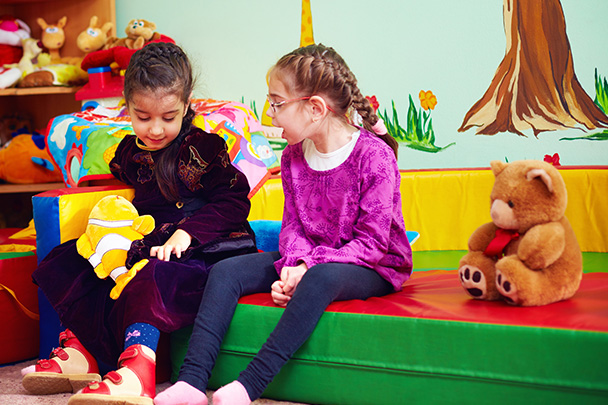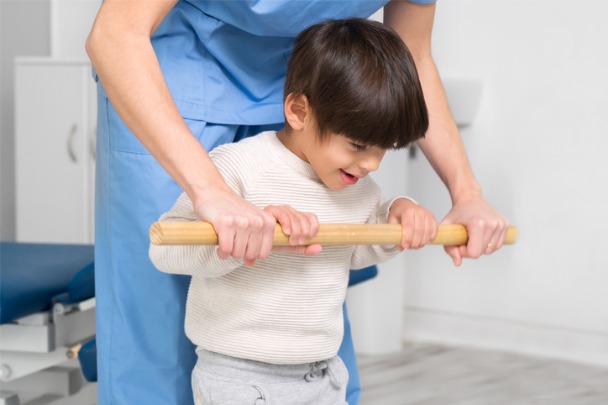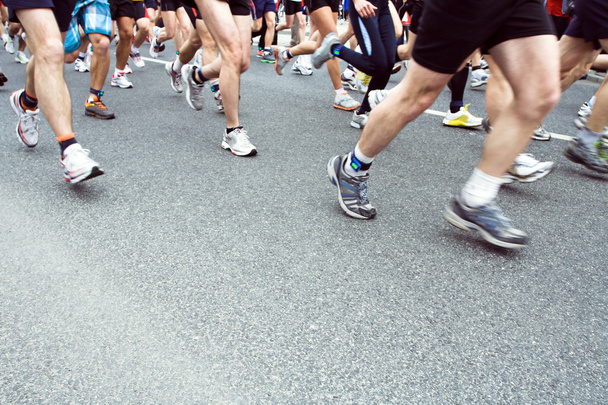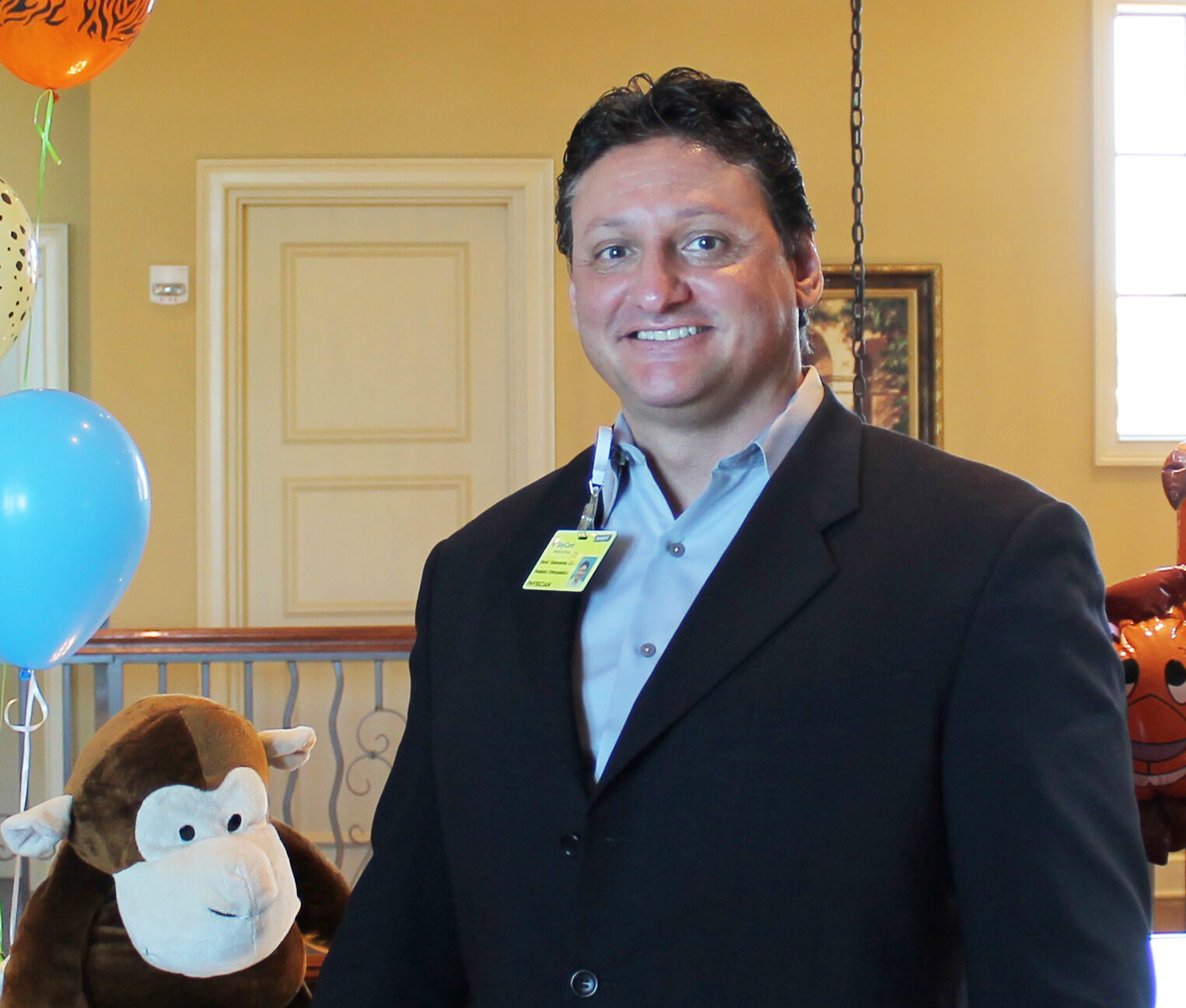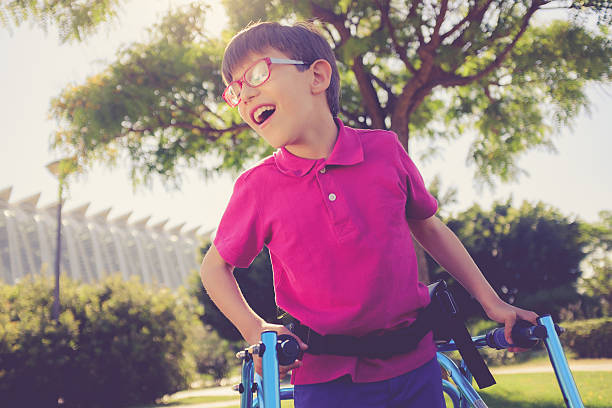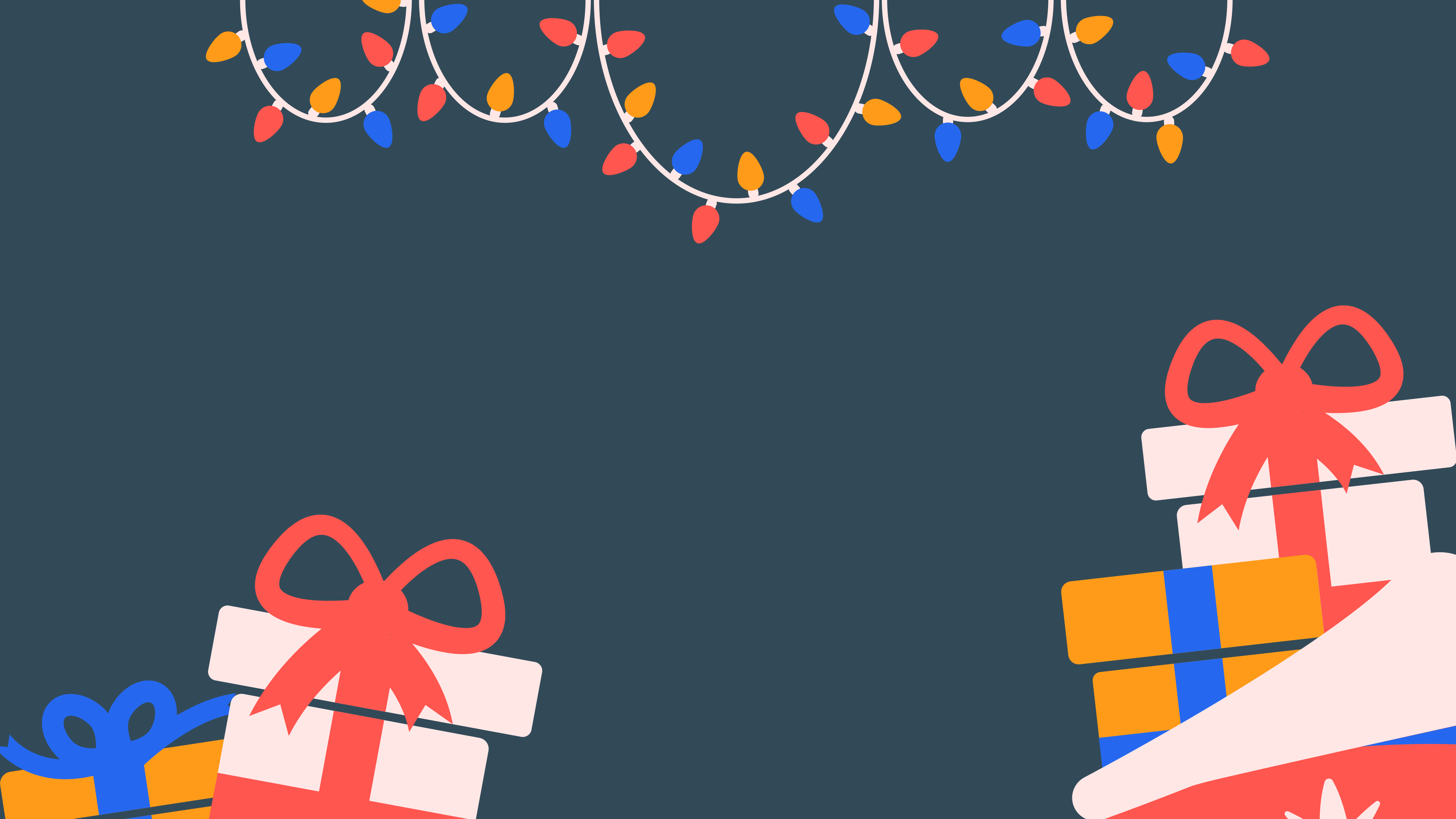Cerebral palsy (CP) is a group of permanent movement disorders that appear in early childhood. Signs and symptoms can vary among individuals but primarily involve coordination and muscle tone. Detecting cerebral palsy early in infants can significantly impact their quality of life, as early intervention may lead to improved outcomes. This guide aims to help parents and caregivers recognize the early signs of cerebral palsy in infants.
Recognizing the Signs of Cerebral Palsy in Infants
The main causes of cerebral palsy are abnormal development or damage to the parts of the brain that control movement, balance, and posture. This can occur before, during, or shortly after birth. Noticing the signs of cerebral palsy in infants can be challenging, as symptoms may not become apparent until months after birth. However, some signs may appear in the first few months of life, and it is crucial to pay attention to a child’s motor skills development.
Poor Coordination
Infants with cerebral palsy may exhibit poor coordination, such as difficulty reaching for or grasping objects. They may also have trouble sitting up on their own or rolling over. Additionally, infants with cerebral palsy may have difficulty feeding, as coordinating their muscles to swallow can be challenging. This may lead to poor weight gain and nutrition.
Delayed Milestones
Infants with cerebral palsy may experience delays in reaching developmental milestones. This can include crawling, walking, and talking. While all children develop at their own pace, consistently missing milestones could be a sign of cerebral palsy. If you notice your child is not meeting milestones within the typical timeframe, it is essential to consult with a doctor.
Abnormal Muscle Tone, Posture, and Reflexes
Infants with signs of cerebral palsy may display abnormal muscle tone, appearing either overly stiff or unusually floppy. This can impact their posture and ability to sit or lie steadily. Their reflexes might also deviate from typical development, being overly sensitive or insufficiently responsive. These deformities can impact a child’s ability to move and develop.
Moreover, a key indicator of cerebral palsy in infants includes involuntary movements, ranging from minor twitches to significant spasms, distinct from those in typically developing children. Excessive drooling, a result of poor muscle control for swallowing, is another sign. Recognizing these signs of cerebral palsy in infants and seeking early consultation with healthcare professionals can facilitate timely intervention.
The Importance of Early Detection
Diagnosing cerebral palsy early in an infant’s life can significantly impact their future development. With early intervention, children with cerebral palsy can receive specialized therapy, medication, and other treatments to improve motor skills and manage symptoms effectively. Early detection also allows families to access resources and support services that are available specifically for children with cerebral palsy.
Early Intervention Programs
Early intervention programs and treatment plans are designed to assist infants and toddlers with developmental delays or disabilities, including cerebral palsy. These programs offer personalized therapy and support services that can help improve a child’s motor skills, communication, social-emotional development, and more. The earlier a child receives these interventions, the better their chances are of reaching their full potential.
Family Support and Education
Early detection also allows families to access resources and support services that can assist with the challenges of raising a child with cerebral palsy. These services may include parent education programs, support groups, and respite care for caregivers. Furthermore, early intervention can help parents better understand their child’s condition and learn how to advocate for their needs.
Contact Children’s Cerebral Palsy for Support and Guidance
If you’re concerned your child is showing signs of cerebral palsy, or you simply want to learn more about the condition and available support, don’t hesitate to reach out. Children’s Cerebral Palsy is dedicated to guiding and assisting families through diagnosis, treatment options, and early intervention strategies. Book an appointment with us today and take the first step in securing a bright future for your child.


